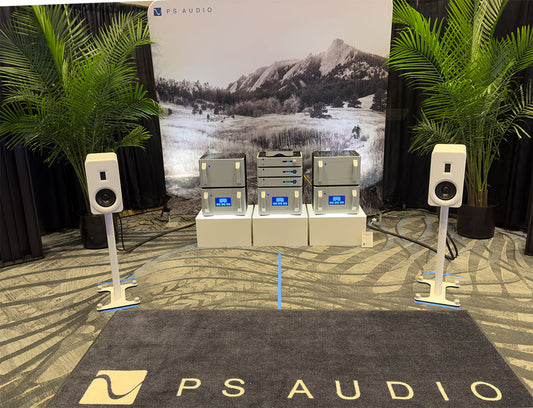I think the train may have slipped off the tracks a bit. In these latest round of posts I wanted to simply explore a few of the emerging product trends, like the DAC/PRE. But exploring subjects does not necessarily mean I am changing product direction for the company. Several have written to me in a bit of panic convinced the upcoming BHK preamplifier will be a DAC/PRE, instead of a pure analog control center as originally announced. Nothing could be further from the truth. The BHK preamplifier is on track and working its way through the design process as a tube based analog preamplifier. No, we are just exploring things new in these posts.
There have been a number of DAC/PREs, though, as I mentioned, the category never seemed to really take off. We went from DAC with a volume control to full boat integrated, like the Devialet, without stopping at the DAC/PRE category for too long. I actually think we, as an industry, may have lingered too little in this fascinating category.
A DAC/PRE combines an analog preamplifier and a DAC in one box. And from a manufacturer's standpoint, it's not a terribly difficult challenge: take an existing DAC circuit, add an analog preamplifier - which consists of an input selector switch, volume control and line stage - and call it a DAC/PRE. The advantages of this approach are many if the potential customer is mostly digital. For example, take me (please! My wife's sick of me). I listen mostly to digital audio using either my Mac Mini server or PerfectWave Transport as a source. I occasionally listen to phono and I like the sound of digital going through analog for control. Bingo. All I now need is a sweet sounding power amplifier and life's good. I no longer require the extra chassis and interconnect cables required of a separate preamplifier; it is built in.
The possible downside to this approach is inherent in the skill and intent of the designer. Use a great analog preamplifier and DAC, combine them together with an excellent power supply, and few compromises are made. In fact, one could make the argument it's better than separates because we've eliminated the interconnects. The flipside is often the case, however. Many manufacturers may be tempted to hope the sum betters the parts and use lesser quality designs to save money.
So, as always, the end result can be both excellent or just fair, depending on goals set. I have always been appreciative of adding just the right bits to help eliminate another box in the chain, as long as it makes sense, and is done well.








